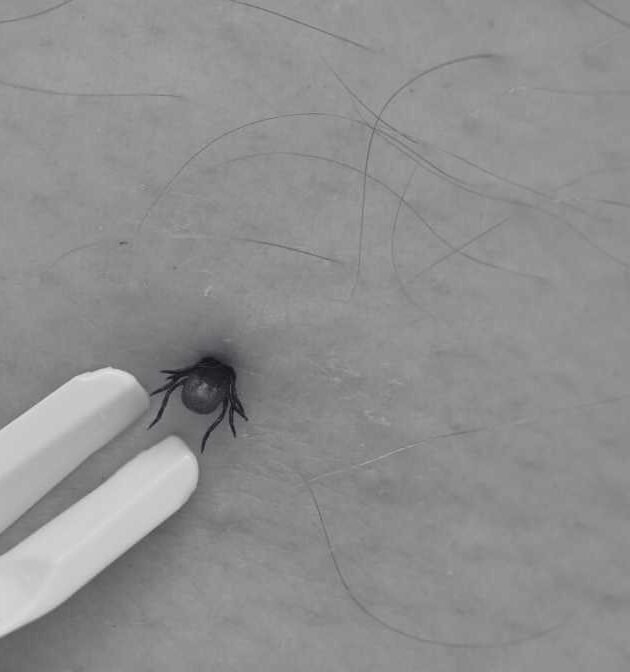
The Fly Insect: 8 Facts About Flies We Did Not Know
May 26, 2025
What to Know About Hornet Sting in Malaysia?
May 26, 2025
Hornets Blog
By understanding the hornet’s nest and the types of hornets in Malaysia. We can coexist safely with these fascinating yet formidable insects.
Detect Hornets Nest Before Swarm Fatal Attacks
The Hornets Nest, An In-Depth Look at Their Structure
Hornets are fascinating yet often misunderstood insects that play a crucial role in natural ecosystems. Their nests serve as the central hub for their social lives and reproductive cycles. While many perceive hornets as dangerous pests. Understanding the intricacies of their nests and behaviour allows us to coexist safely with these insects.
Nests built high in trees or in the walls voids show their complex social structure and contribution to the environment. We explores the various types of hornets found in Malaysia and elsewhere. Detailing their nests, behaviours and the importance of maintaining respect for their ecological role.
Nesting in Areas That Are Away From Human Traffic
The Concept and Significance of Hornets Nest
A hornet's nest is a sophisticated structure that provides a home for the queen, workers, and developing larvae. These nests are vital to the hornet's life cycle, enabling them to thrive and maintain their populations. Beyond their biological function, hornet nests influence local ecosystems by regulating pest populations, including other stinging insects. These nests are important, but they can cause fear from the risk of multiple stings if they feel threatened.
Knowing how hornets build their nests and the types of hornets species can help us understand their risks. It also helps us appreciate their role in nature. Emphasising why discretion and professional pest control are highly recommend if a nest is in areas frequented by humans.
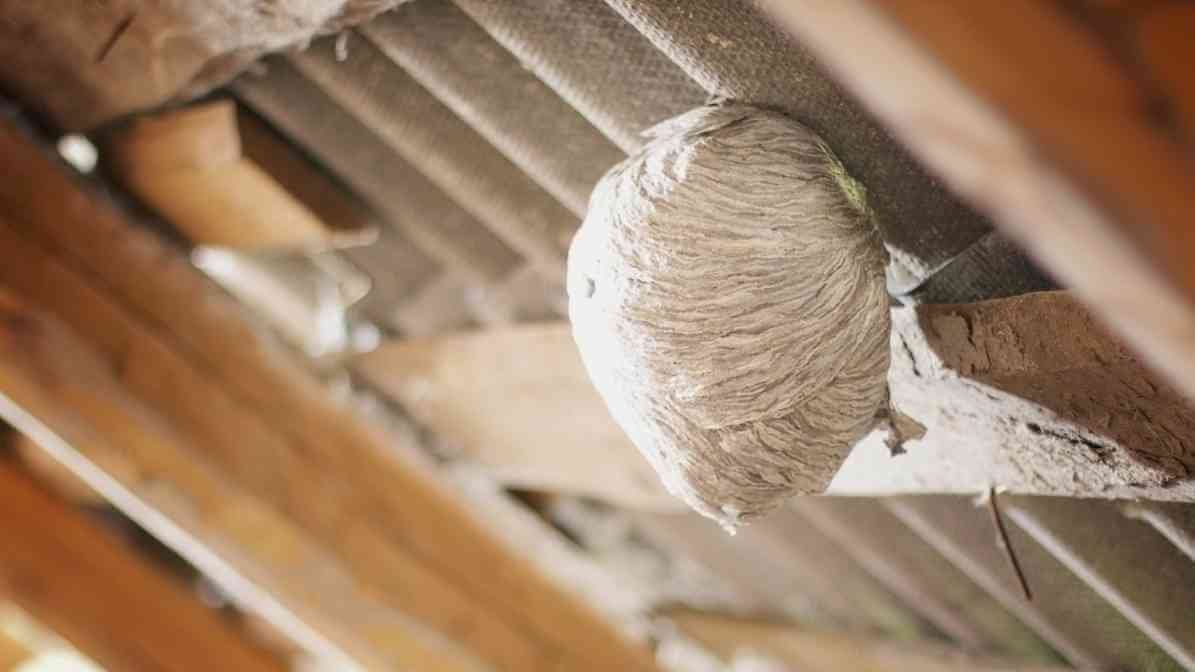
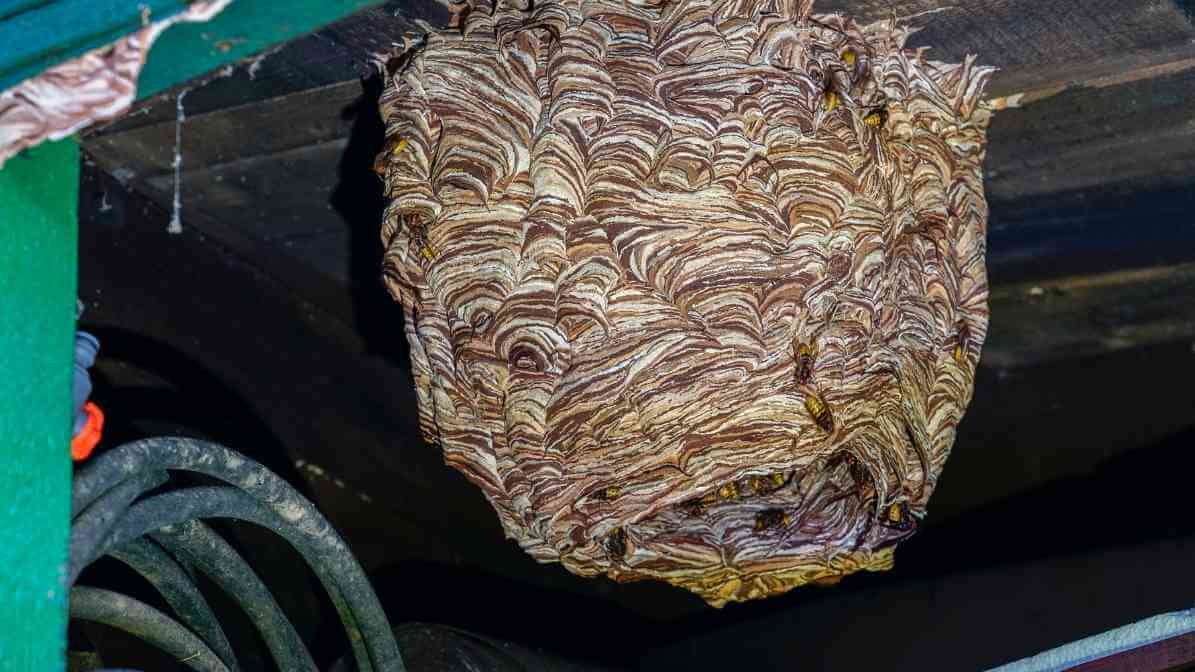

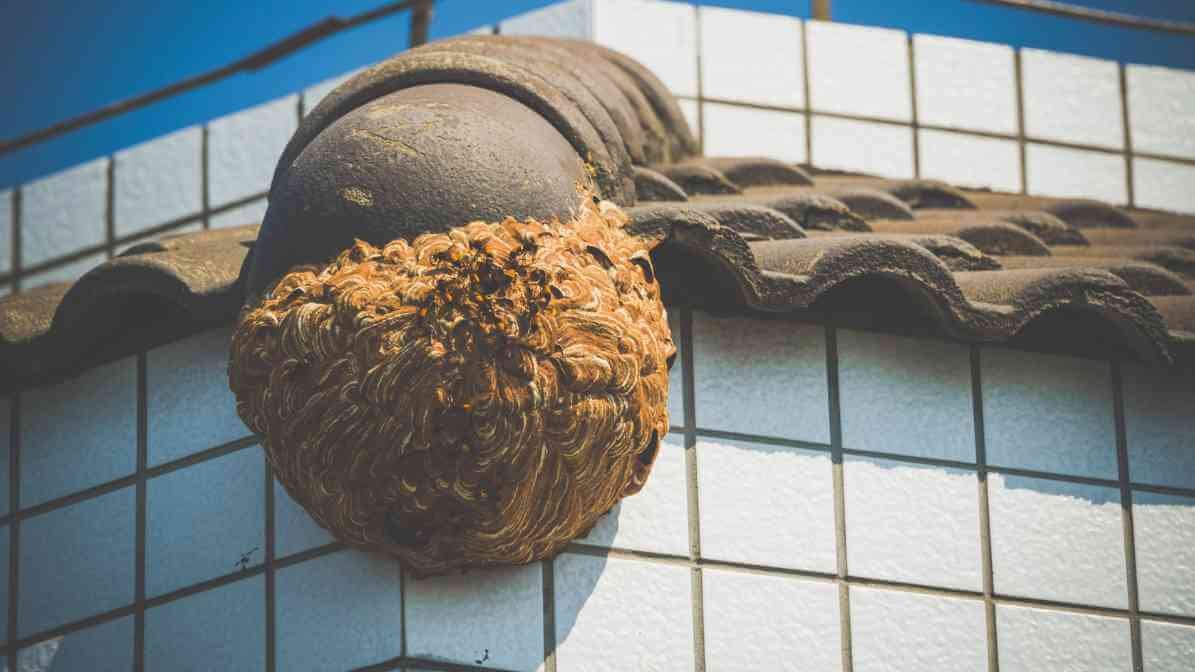
Types of Hornets Nest, Characteristics and Behaviours
Important Knowledge To Have About The Hornets Nest
In Malaysia and Southeast Asia, several types of hornets are prevalent, each with distinct features and behaviours:
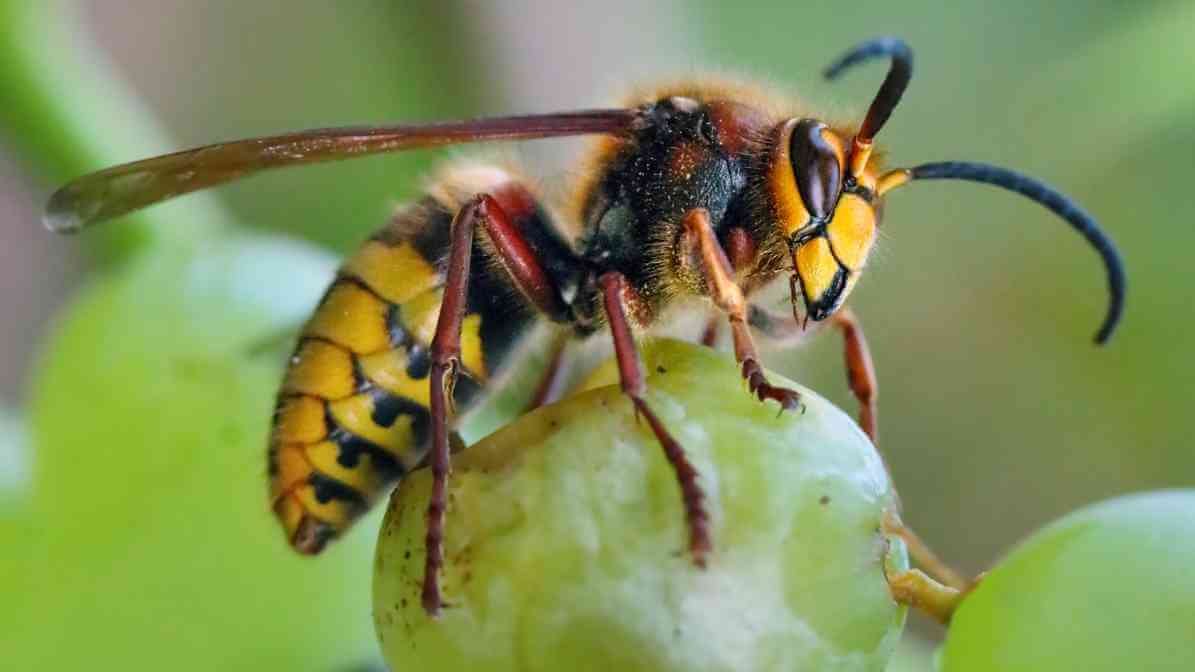
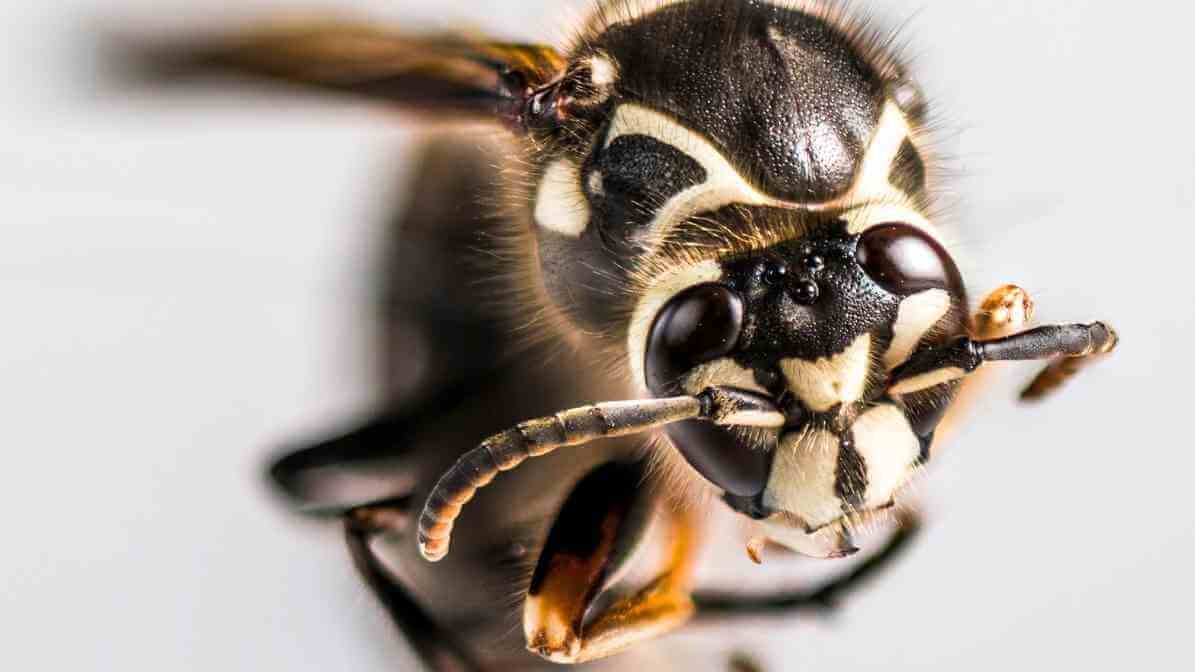

The Asian Giant Hornet (Vespa mandarinia)
Often called the most dangerous hornet, the Asian giant hornet, or Vespa mandarinia. The largest hornet in the world, measuring up to 4-5 cm in length. It has a striking orange head and prominent reddish-brown markings on its abdomen. Its size, combined with a potent venom, makes its sting particularly painful and potentially life-threatening.
Behaviour: It is highly aggressive, particularly when defending its nest, and can attack in swarms. Nests are typically in forested areas but have recently spotted in regions like Malaysia raising concerns about its spread.
The Bald-Faced Hornet (Dolichovespula maculata)
Despite the name, this species is not a true hornet instead a type of paper wasp. It has a distinctive white face and a black and white body, building large, year-round nests in tree branches or structures. Their nests are usually grayish and papery, with a distinctive layered appearance.
Behaviour: The baldfaced hornets are less aggressive than the giant hornet but can sting if provoked. They play an important role in controlling pest insects and are often mistaken for the hornet's nest.
The European Hornet (Vespa crabro)
Mainly in Europe and United States, though sighting in Malaysia are more frequent because of the movement of goods. They are medium-sized, with reddish-brown bodies and yellow markings. Their nests are often large, enclosed in tree hollows or sometimes in wall cavities.
Behaviour: Unlike the more aggressive Asian giant hornet, the European hornet tends to be less confrontational. But these species can still leave the nest to deliver painful stings repeatedly if threaten.
How to Identify Different Types of Species and Hornets Nest?
Structure and Location of Hornets Nest
The size of a typical hornet's nest varies with species and age but can reach several dozen cm in diameter. They have a tannish, reddish-brown or greyish hue in colour. With some bearing distinctive markings such as the striking black and yellow coloration of certain kinds of hornets.
The hornets' nests are marvels of natural engineering. They are construct primarily from wood fiber shredded and mixed with saliva, forming a papery, lightweight structure. Occasionally, they are found in areas that provide abundant shelter, such as:
In trees
Many of the types of hornets prefer high, secluded branches for their nests, blending well with the canopy. Their nests are usually large, spherical or teardrop-shaped, often with a reddish-brown or greyish appearance.
Wall voids or building structures
In urban or suburban environments, nests are sometimes hidden in the eaves, wall cavities, or sheds. These nests are generally smaller and harder to detect.
Where Are Hornet Nests Usually Found?
Hornet nests are often locate high up in trees, shrubbery, or in wall voids, eaves and sheds. They prefer sheltered spots that provide protection from the elements and predators.
Lifecycle and Social Behaviour
Deeper Understanding of What Goes Inside The Hornets Nest
The life cycle of hornets begins with the queen emerging from hibernation in early spring. She establishes a nest, lays eggs and these develop into workers. These workers expand the nest, tend to the larvae, and defend the colony.
This biological cycle is typical for true hornets and other social stinging insects like yellow jackets and paper wasps. Their social wasps structure is highly organised, with roles clearly defined within the large wasp nest. The stages include:
Egg Stage
The queen lays eggs in specialised brood cells within the large nest. These eggs develop into larvae after a few days.
Larval Stage
The larvae gets food by worker hornets and undergo several molts as they grow. They are responsible for developing into adult hornets.
Pupal Stage:
Larvae pupate within the cells, metamorphosing into adult hornets.
Adult Hornets
Emerging from pupae, the adult workers help expand the nest, defend it and hunt for food. The queen remains inside, laying eggs throughout the colony's active season.
Hornets vs. Bees in The Nature
Hornets Nest and Their Interaction with Other Insects
Hornets, especially the giant hornet, are important predators of other stinging insects. The Asian giant hornet, for example, can attack honey bee hive colonies. Killing a large numbers of bees and destroying their hive. These interactions often lead to multiple stings and pose threats to local biodiversity.
Provoking The Nest Can Cause Hornets to React Aggressively
The Defensive Nature of Hornets Nest
Hornets are known for their aggressive defence of their nests. They can sting repeatedly if they perceive a threat, especially to their colony or nest entrance. Unlike bees, they die after one sting, hornets have a smooth stinger that allows to sting multiple times. Often attacking in swarms if disturb or threaten.
Essential to respect the hornet's nest and avoid approaching or provoking these insects. Sting attacks can be painful and dangerous, especially for those allergic to insect venom. Medical attention is advice immediately if stung by a hornet. As the hornet’s sting can cause severe pain, swelling or even life-threatening reactions.
The Dangers of Hornet Stings and Essential First Aid
What To Do If You Encounter a Hornets Nest?
If you find a hornets' nest on your property, do not attempt to remove it yourself. The safest course of action is to contact professional pest control services experienced in handling these insects. We have the proper equipment and protective gear to eliminate the threat safely. Without risking multiple stings or provoking an attack.
Safety tips include:
Keep a safe distance from the nest.
Do not attempt to swat or try to destroy the nest with Do-It-Yourself methods.
Notify the local department of agriculture or pest management authorities for assistance.
Educate family members and colleagues about the dangers of the hornet's nest and stinging insects.
Ecological Role and Respective Tasks
Understanding The Type of Hornets Roles in Ecosystems and Differences
Hornets have a bad reputation, but they are important for ecosystems. They help control pest insect populations, like flies and other stinging insects. They also contribute to pollination and decomposition processes. The key to manage their presence safely and responsibly, ensuring that human activities do not disrupt their ecological benefits.
Professional Hornets Control Services
Innovative Pest Blog Summary
The hornet's nest is a remarkable feat of natural architecture that signifies the social complexity of these insects. While the giant hornet and other types of hornets can pose significant health risks because of their stings. Which can be extremely painful and potentially life-threatening, they also serve important ecological functions. Recognising the different types of hornets is important.
Understanding their nests and respecting their role in nature helps us live together. When encountering a hornet nest, always prioritise safety. Consult with professional pest control services to handle removal and prevent accidents. By increasing awareness and knowledge, we can enjoy the benefits of the hornet’s nest and minimise the risks.


